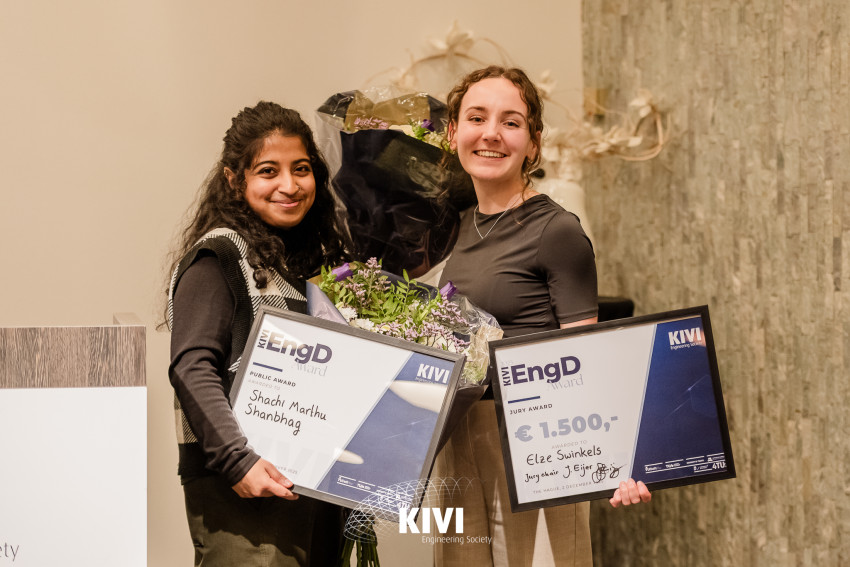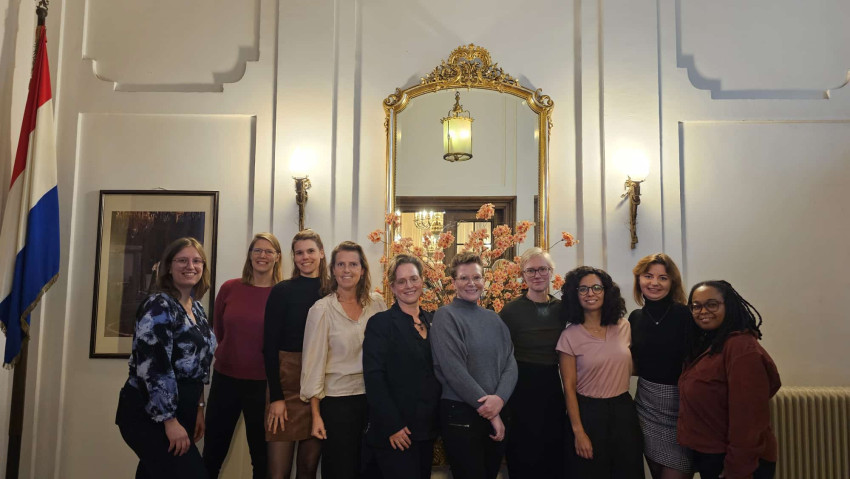
Concrete - or rather making cement - belongs to the bad-boys club when it comes to CO2 emissions because at present making 1 kg of cement releases more than 0.5 kg of CO2 into the atmosphere (some of the other members are steel and ammonia).
One way of reducing these emissions would be to make the concrete stronger, so that we need less of it. Research at the university of Lancaster aims to achieve this by adding nanoplatelets of fibers from root vegetables, but another way is to change the chemistry of making cement.
Solidia Technologies, an offshoot of Rutgers University in New Jersey, has been working on this concept for 10 years now and its process is promising enough that the world’s largest cement-maker (LafargeHolcim) and one of the world’s biggest venture capital firms have invested in it.
Portland Cement is made by calcining limestone (calcium carbonate) and clay at ~1450 °C. The limestone loses its CO2 to form calcium oxide which then reacts with the other materials in the mix to form calcium silicates. Cement is mixed with gravel and water into a porridge-like consistency to make concrete. Soon the concrete will begin to harden as part of the calcium silicates react with water to form calcium hydroxide and clay; the calcium hydroxide then reacts with CO2 in the air to form calcium carbonate again, releasing the water it had absorbed. So, concrete absorbs CO2, but never as much as it released in the first place.
Would it not be nice if it could absorb CO2 without releasing it in the first place?
This is where Solidia comes in. The search was on for an alternative raw material that would not release CO2 when calcined, but still absorbs it during curing. Wollastonite (CaSiO3) fit the bill, but it is too expensive and there is not enough of it in the world. But a synthetic wollastonite would do as well. Wollastonite-derived cement has a lot less calcium than Portland cement. So, for a synthetic wollastonite Solidia could reduce the amount of limestone and increase the amount of clay in the mix it sent to the kiln. With less limestone to convert to lime, the process also needs less heat, cutting limestone reduced CO2 emissions from both the chemical reaction, and from the fuel needed to heat the process.
Unlike Portland cement, Solidia’s mixture doesn’t start hardening as soon as it’s mixed with water; it requires the absorption of CO2, in a process called Reactive Hydrothermal Liquid-Phase Densiï¬ÂÂcation (rHLPD) This is both an advantage and a disadvantage: it takes less than 24 hours to cure, compared to weeks for curing Portland cement, but it needs additional equipment, such as an enclosure to hold CO2 during the curing process. That makes it suitable only for precast concrete as you cannot make an enclosure for a bridge or the floor of a building.
Or maybe we should consult Christo?
This entry is heavily indebted to Quartz


